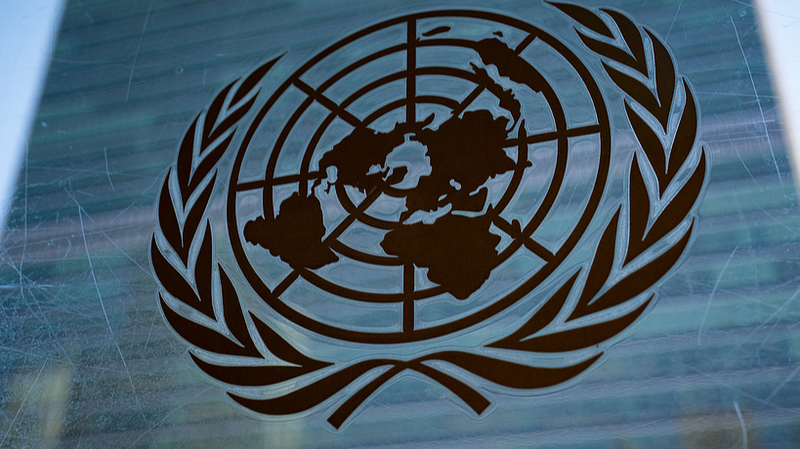Global Market Ripples
When the US rolled out sweeping “reciprocal tariffs,” global investors hit the exit. In April 2025, the US Dollar Index tumbled to a three-year low, underlining deep concerns over America’s economic outlook. Bond markets saw heavy sell-offs as banks warned that escalating trade tensions could trigger a dollar confidence crisis.
Meanwhile, tech giants are sounding the alarm. Recent visits to China by executives from firms like NVIDIA reflect a clear message: companies are scrambling to secure access to one of the world’s biggest markets before tariffs bite even harder.
Farming on the Frontlines
It’s not just finance feeling the heat. US agriculture—especially soybean growers—has long depended on exports to China. Now, with “reciprocal tariffs” in place, China is shifting purchases to suppliers in Brazil and Argentina. That pivot leaves American farmers struggling to find buyers and facing an uncertain planting season.
While policymakers push to bring manufacturing jobs back home, critics say this strategy risks sidelining the very farmers who helped fuel US exports for decades.
A Self-Defeating Spiral?
Analysts warn that such unilateral tariff moves may undermine the original goal of “Make America Great Again.” Rather than boosting domestic growth, the measures risk choking off investment, rattling supply chains, and alienating both allies and trading partners.
As capital flows out and exporters pivot elsewhere, the US may find itself paying the price for a policy meant to protect its own economy.
Reference(s):
Multiple negative effects of US "reciprocal tariffs" becoming evident
cgtn.com




